Reviewed by Corey Noles
Sony's mobile division finds itself in an increasingly precarious position, with Sony holding just 1% of the global smartphone market despite developing cutting-edge camera sensors that power virtually every major flagship device. The company's mobile revenue has steadily declined from JPY356 million to JPY279 million, while annual shipments plummeted from 103.9 million phones in 2007 to just 2.9 million by 2020. Yet amid this apparent death spiral, Sony executives insist the Xperia line remains "very important" to their strategy—a statement that deserves deeper investigation when you're watching a once-dominant player fade into irrelevance.
The numbers tell a brutal story
Let's be blunt: Sony's smartphone business is in free fall, and the competitive landscape explains exactly why. Sony's global market share now sits below 1%, a shocking decline from the company's peak years when Sony Ericsson commanded a respectable 9% share between 2007-2008. Even in their home market of Japan, the story is equally grim—Apple commands nearly half (49%) of Japan's smartphone market while Sony trails at just 6%, behind Sharp's 9%.
Here's what makes this collapse particularly devastating: while Sony struggled with premium positioning and limited distribution, Chinese manufacturers achieved a historic milestone, shipping 56% of global smartphones in Q4 2024—their highest combined volume ever. These companies mastered the mid-range segment Sony abandoned, offering comparable camera quality at half the price point while Sony continued chasing flagship margins with increasingly niche appeal.
The financial data confirms this strategic misstep. According to IDC analysts, Sony's smartphone sales dropped 40% last year alone, precisely when competitors were scaling up production and distribution networks that Sony never built.
What Sony gets right (and why it doesn't matter)
Here's the kicker: Sony actually makes incredible phones that enthusiasts love, but they've failed to translate technical excellence into mass market appeal. The Xperia 1 VI features genuinely innovative camera tech, including a variable telephoto lens with 85-170mm continuous zoom range and a maximum digital zoom of roughly 21x. The company offers features that competitors have abandoned—like a 3.5mm headphone jack and microSD card slot—that appeal to power users who actually understand their value.
That 85-170mm continuous zoom isn't just a technical achievement—it replaces the need for multiple prime lenses that cost $2,000+ on Sony's Alpha cameras. But this value story never reaches mainstream buyers who don't understand why variable focal length matters or care about S-Cinetone color profiles.
Sony's camera expertise is undeniable across the industry. Their IMX sensors power flagship and mid-range phones everywhere, and the company plans to fully transition to their LYTIA brand by 2026. Even Apple CEO Tim Cook revealed that Apple has worked with Sony for over a decade to develop iPhone camera sensors.
But here's the disconnect: when the Xperia 1 VI costs £1,299—significantly more expensive than an iPhone 15 Pro Max with equivalent storage—while offering only three years of software updates compared to Apple's 5-6 years, the value proposition crumbles for anyone not deeply invested in Sony's camera ecosystem.
The "very important" strategy that's hard to decode
So what does Sony mean when they say Xperia smartphones are "very important"? The answer lies buried in their corporate strategy, where smartphone sales become secondary to a much larger business model. At Sony's Corporate Strategy Meeting 2024, Chairman Kenichiro Yoshida outlined the company's "Creation Shift" direction, emphasizing how Sony focuses on creation-side initiatives across content, products, and CMOS image sensors.
This strategy reveals why Xperia failures might actually be acceptable losses. The company has invested approximately 1.5 trillion yen over six years into strengthening content creation capabilities, with more than 80% of operating income in their ET&S segment generated from creation-related businesses. If each Xperia phone serves as a sensor showcase that generates $10 million in B2B sensor deals, losing consumer market share becomes strategically irrelevant.
Consider the real-world applications: Sony's Alpha 9 III was used at the World Athletics Indoor Championships, and their VENICE cameras are film industry staples. The Xperia line allows Sony to demonstrate how their professional camera technology translates to consumer devices, providing credible proof-of-concept for enterprise clients evaluating Sony sensors for their own products.
Where do we go from here?
The reality is that Sony faces market dynamics that make traditional smartphone success nearly impossible. Chinese manufacturers continue achieving record shipment volumes while Sony's Xperia 1 VII costs €1,499 in Europe—pricing that positions it against the Galaxy S24 Ultra and iPhone 15 Pro Max without matching their ecosystem integration or software support longevity. The company has even scaled back Xperia distribution in European markets, with some models withdrawn completely from countries like Finland.
Maybe "very important" describes a successful pivot rather than a failing business. Sony's smartphone division might serve as the world's most expensive R&D laboratory and technology showcase, where every Xperia phone functions as a working demonstration of sensor capabilities that generate billions in B2B revenue. Under this model, convincing Samsung to use Sony sensors in the Galaxy S25 series becomes infinitely more valuable than selling 10 million Xperia units at razor-thin margins.
That would actually be pretty smart, even if it means accepting that the days of Sony as a major smartphone player are definitely over.




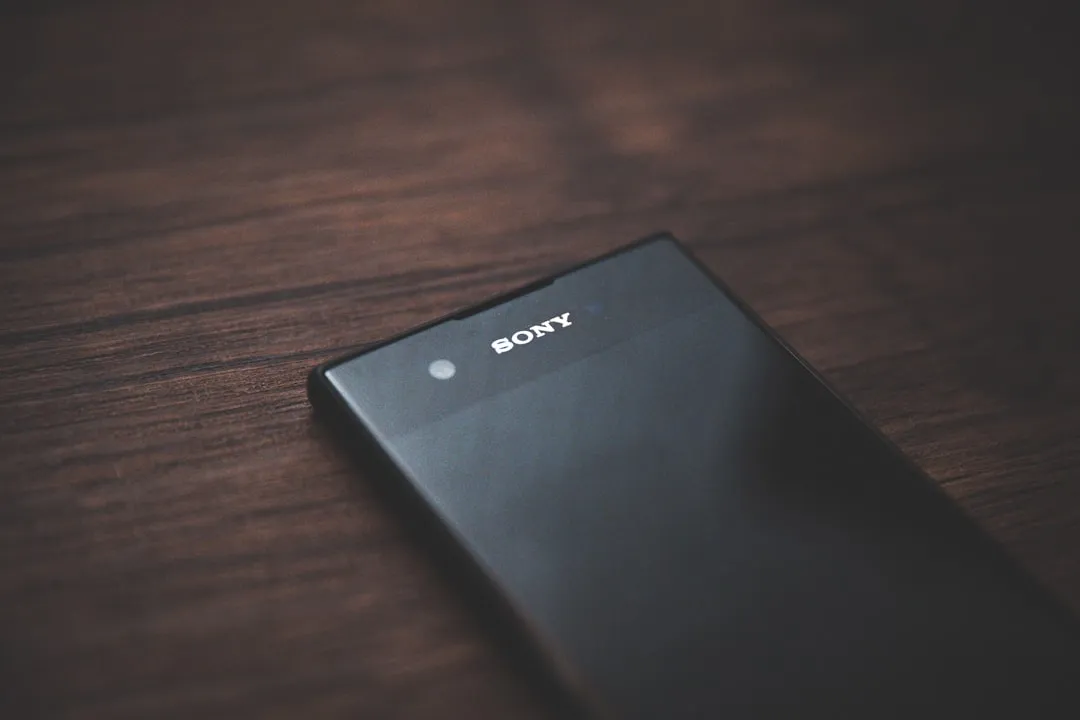

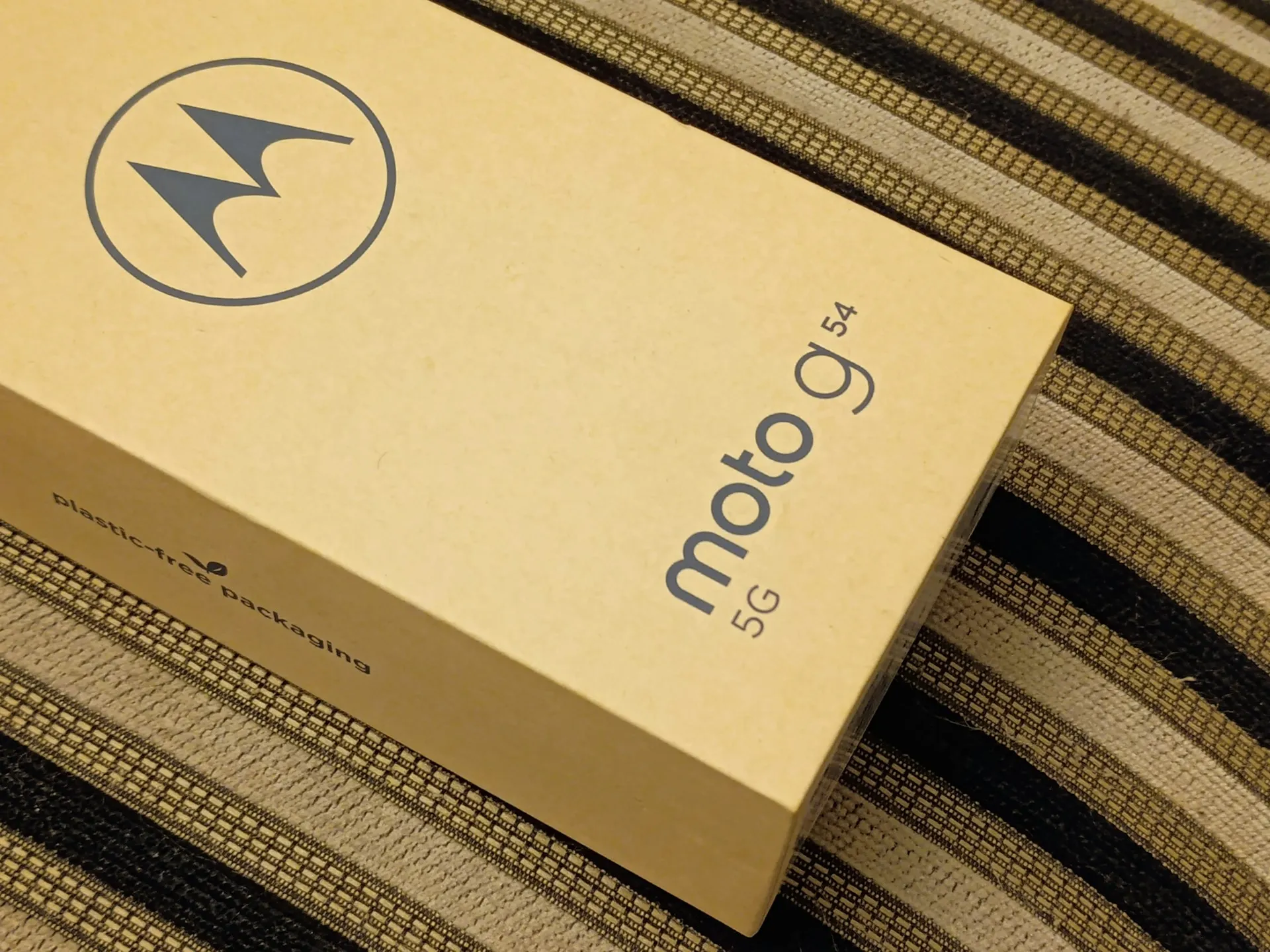

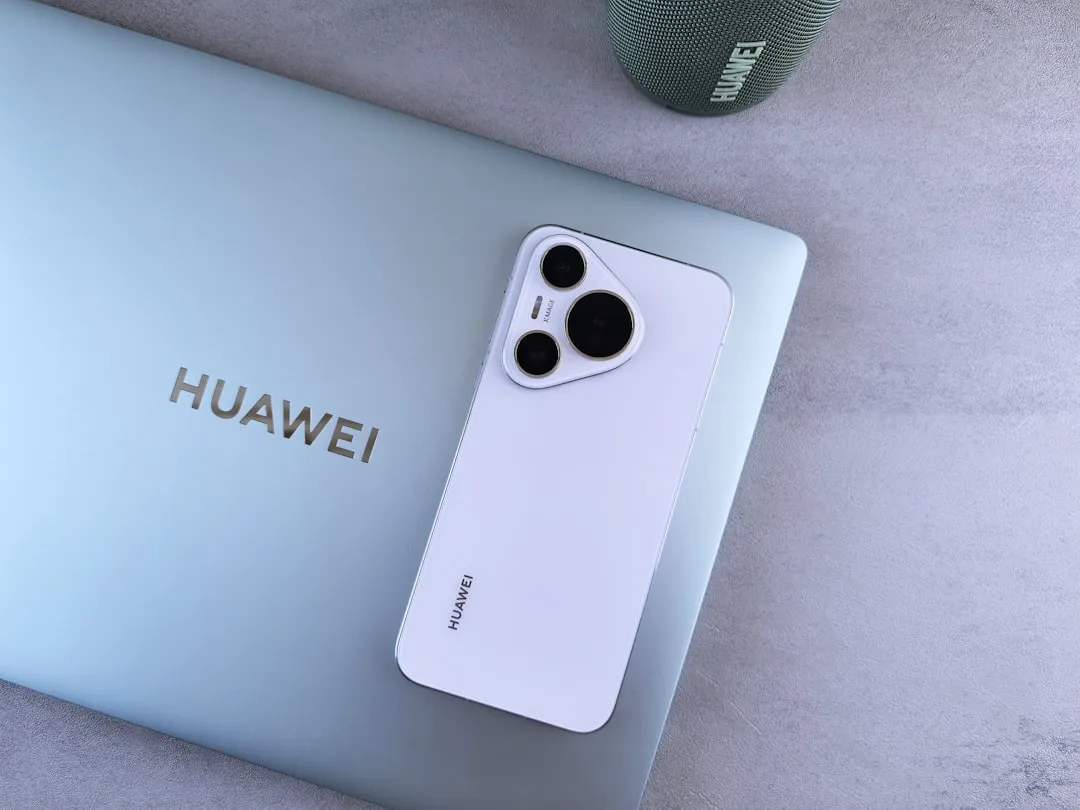

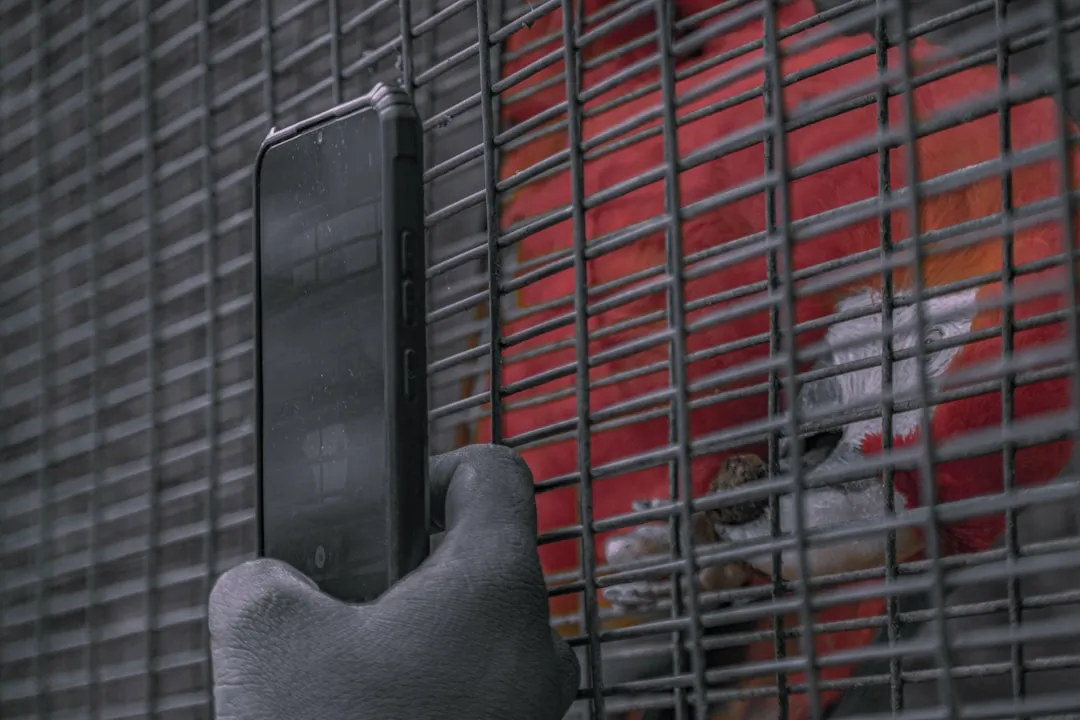
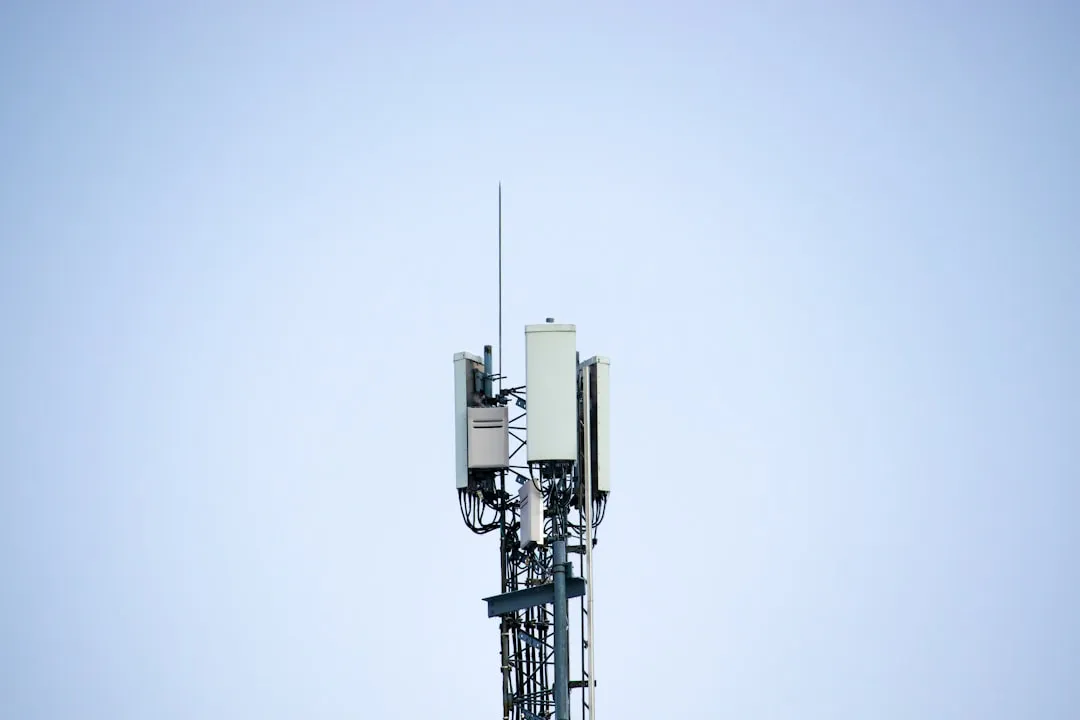
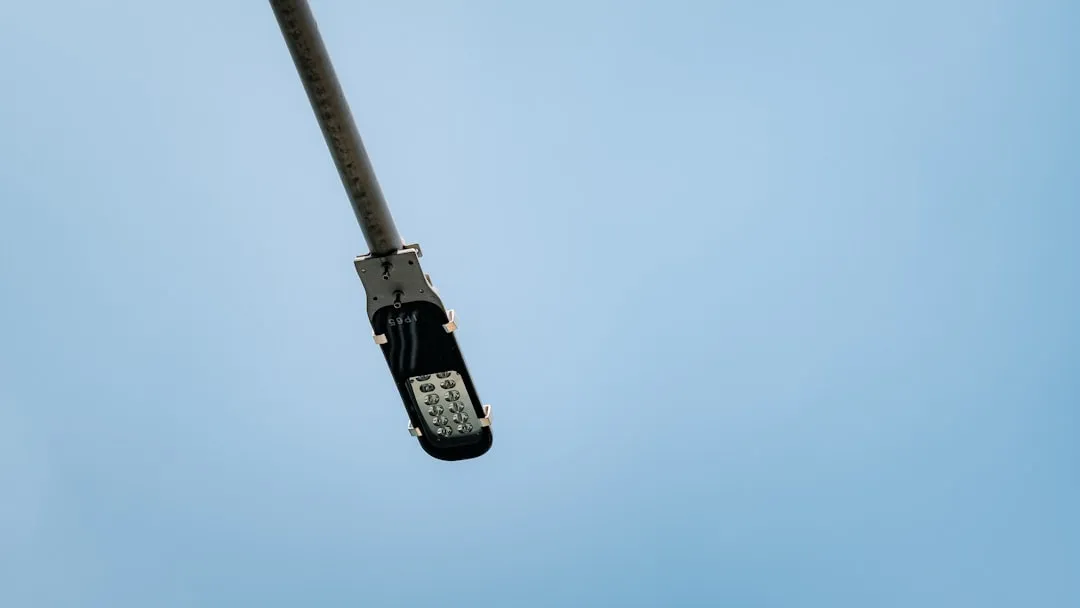

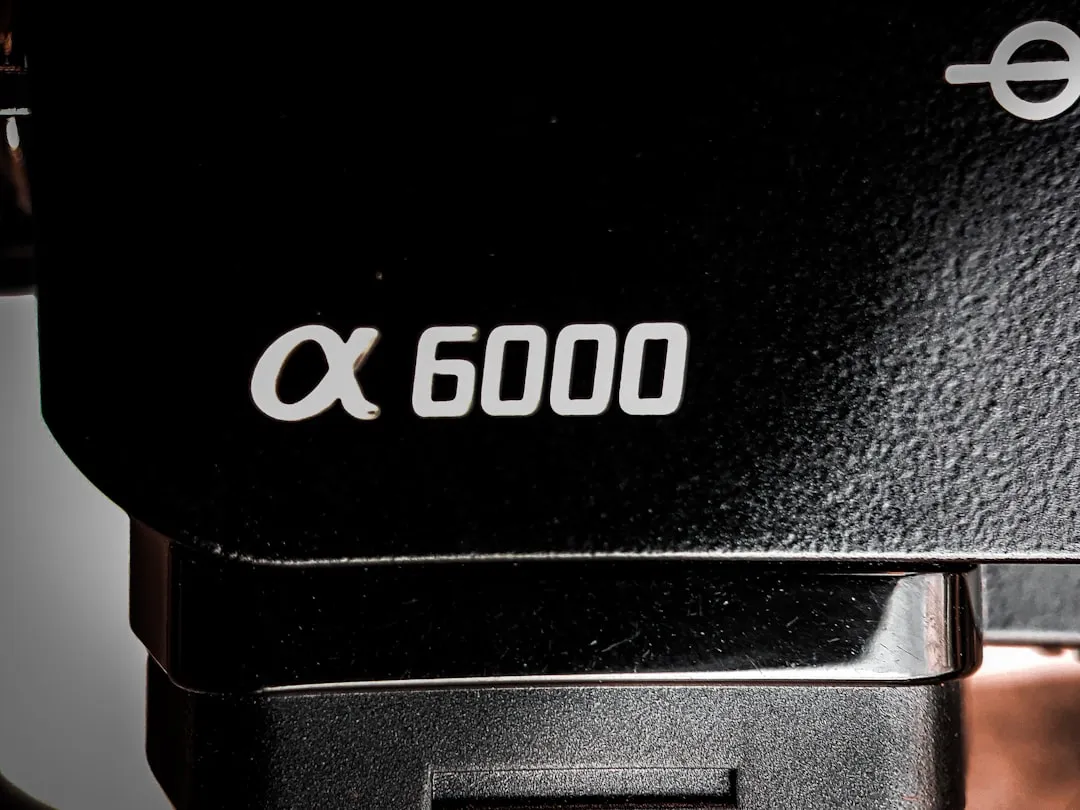


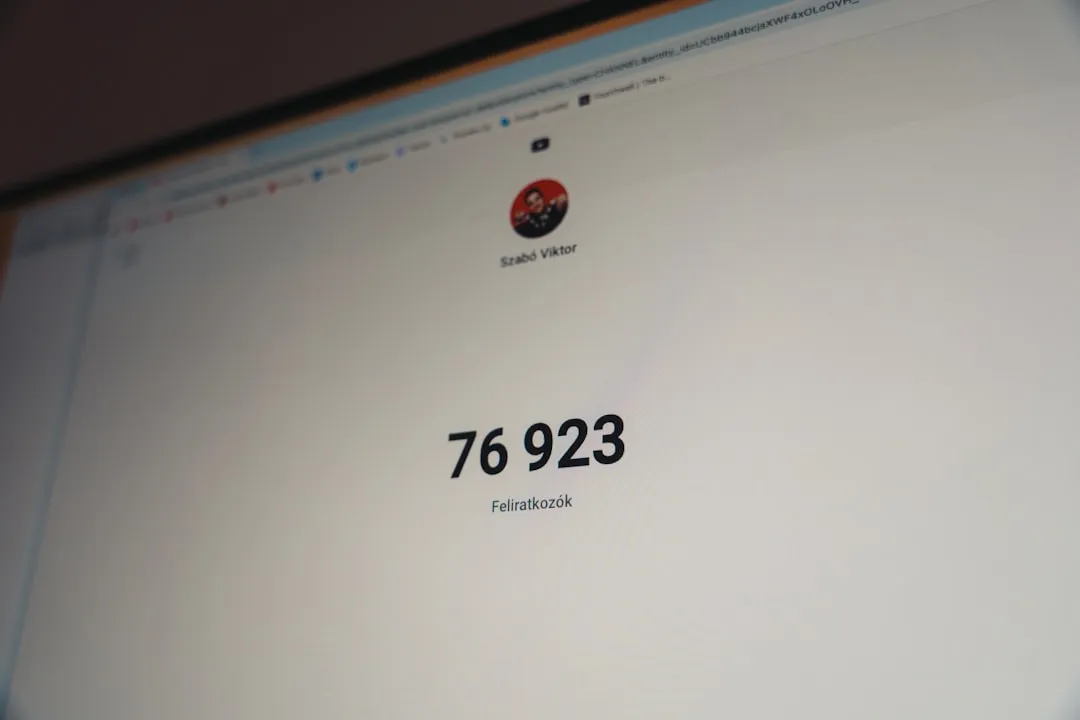

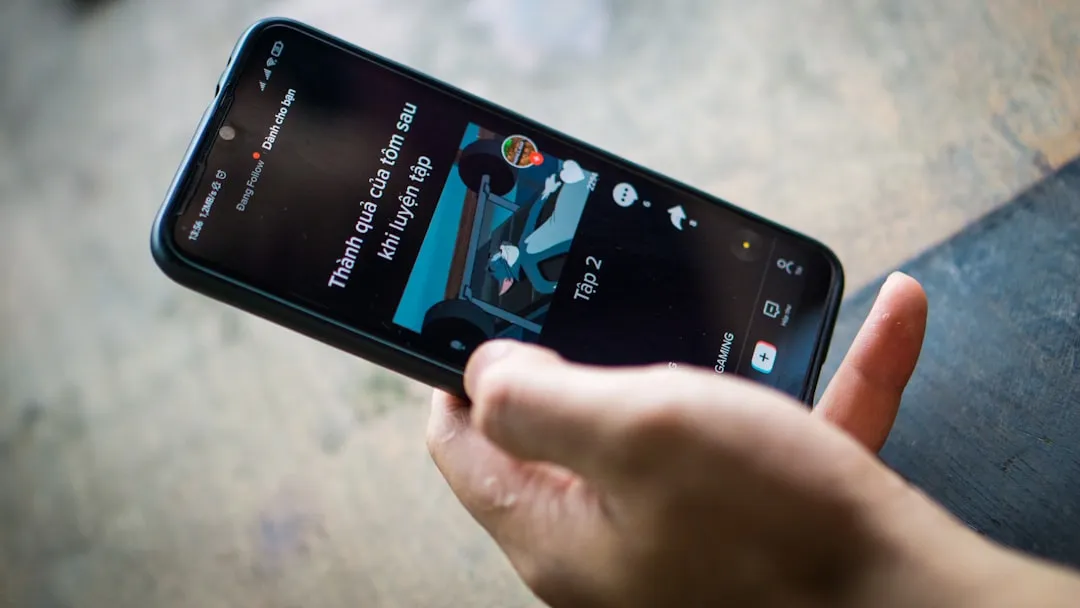


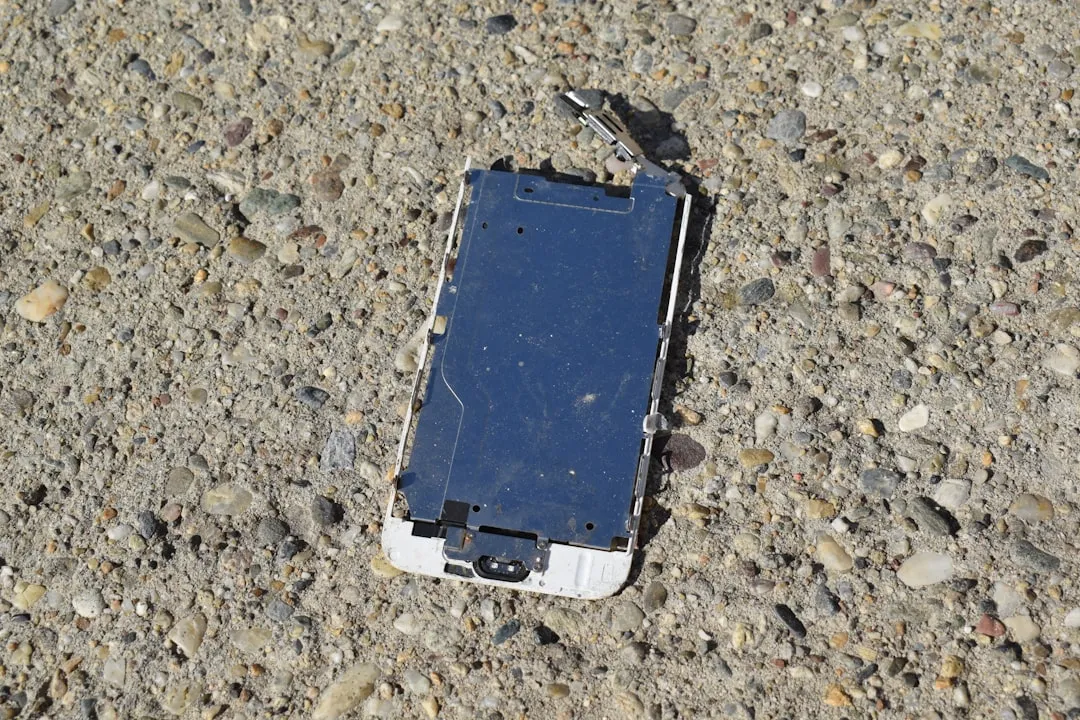

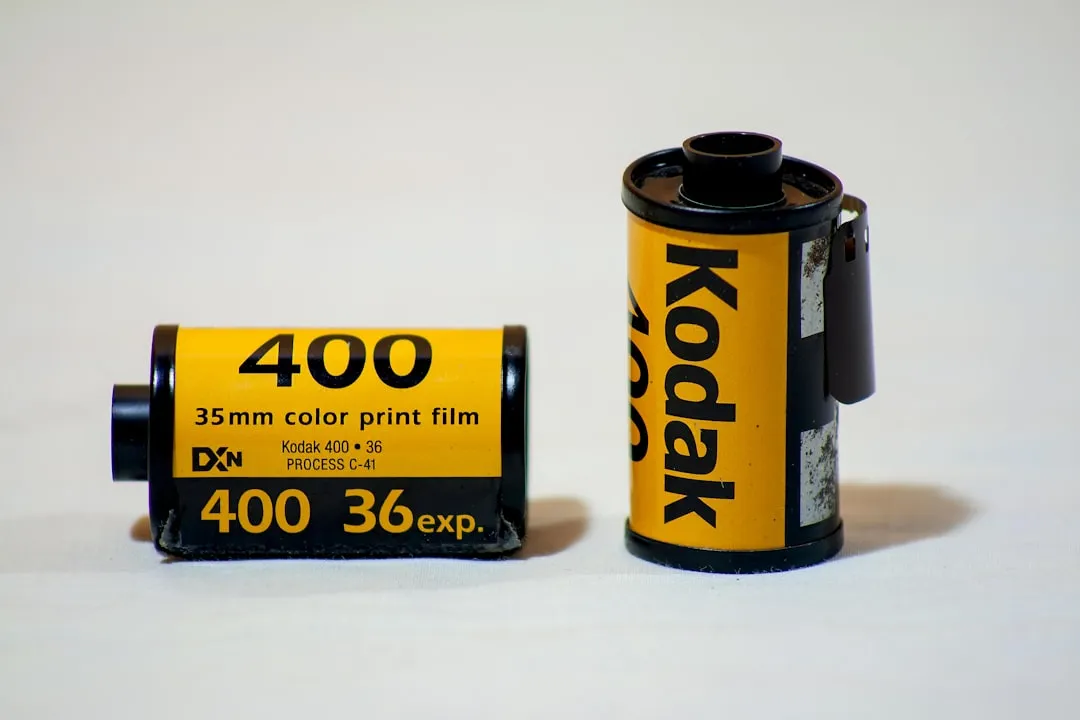
Comments
Be the first, drop a comment!